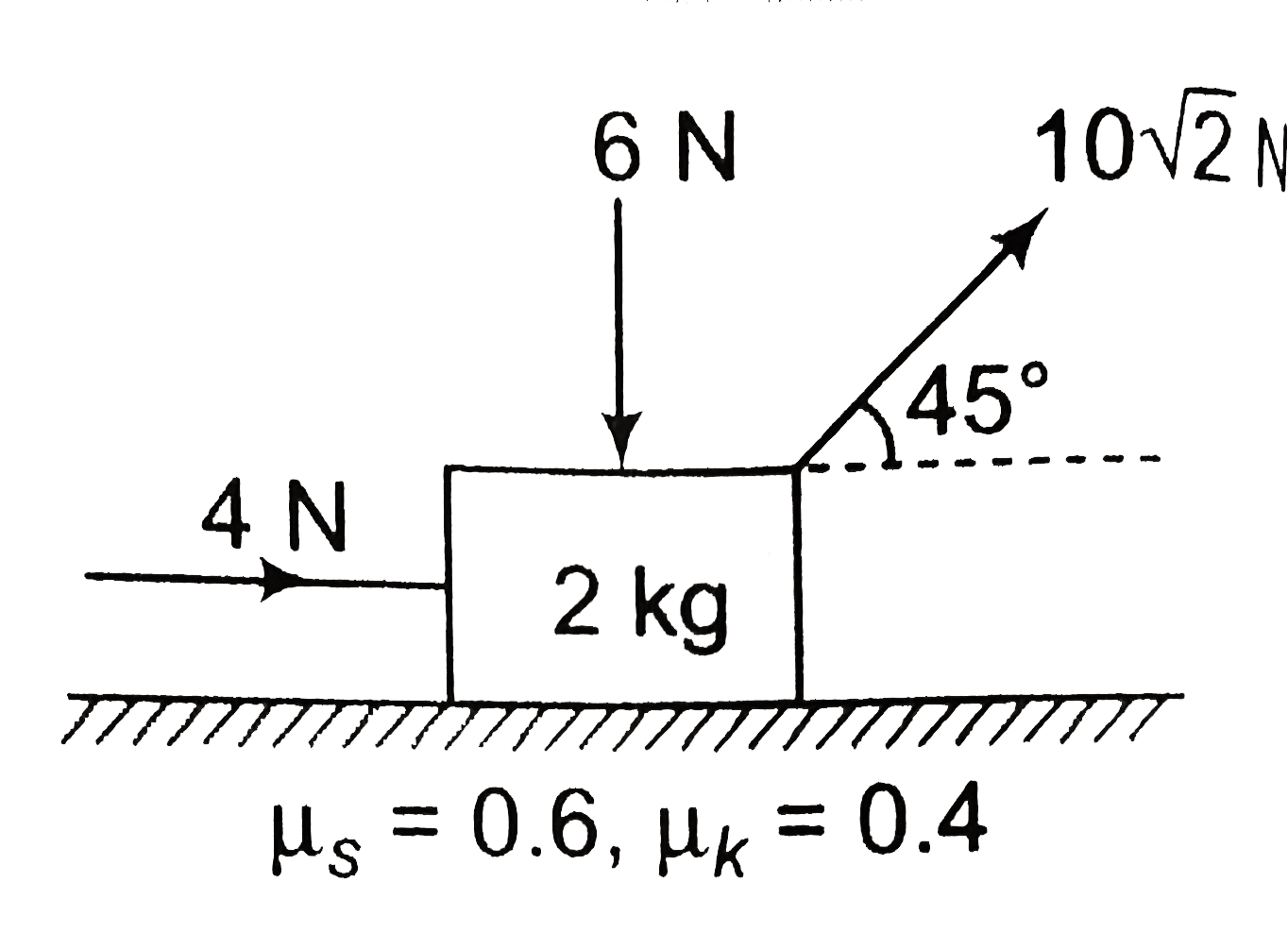If a car moves eastward, the force of friction acts northward.
To determine whether the statement "If a car moves eastward, the force of friction acts northward" is true or false, we can analyze the situation step by step.
Step 1: Understand the Direction of Motion
- The car is moving eastward. This means that the direction of the car's velocity is towards the east.
Step 2: Identify the Direction of Friction
- Friction always acts in the opposite direction to the motion of the object. Since the car is moving eastward, the frictional force will act in the opposite direction, which is westward.
Step 3: Analyze the Given Statement
- The statement claims that the force of friction acts northward while the car is moving eastward. However, based on our understanding of friction, this is incorrect.
Step 4: Conclusion
- Since we have established that the frictional force acts westward when the car moves eastward, the given statement is false.
Final Answer
The statement "If a car moves eastward, the force of friction acts northward" is False. The correct direction of the frictional force is westward.
---
- The car is moving eastward. This means that the direction of the car's velocity is towards the east.
- Friction always acts in the opposite direction to the motion of the object. Since the car is moving eastward, the frictional force will act in the opposite direction, which is westward.
- The statement claims that the force of friction acts northward while the car is moving eastward. However, based on our understanding of friction, this is incorrect.
- Since we have established that the frictional force acts westward when the car moves eastward, the given statement is false.
The statement "If a car moves eastward, the force of friction acts northward" is False. The correct direction of the frictional force is westward.
Similar Questions
Knowledge Check
Assertion : Friction always opposes the motion.
Reason : Whenever one surface moves or tries to move over another surface, the force of friction starts acting on the surfaces.AIf both assertion and reason are true and reason is the correct explanation of assertion.BIf both assertion and reason are true but reason is not the correct explanation of assertion.CIf assertion is true but reason is false.DIf assertion is false but reason is true.A force of 100N acts on a ball moving on a surface. The force of friction that must act between the surface of the ball and the surface so that the ball keeps on moving with constant velocity over the surface must be
A0B100NC200ND300NIn the question number 89, the force of friction acting on the cylinder is
A2/3 Mg sinθB1/3 Mg sinθC2/5 Mg sinθD2/7 Mg sinθ
In the figure shown,
(a) find the force of friction acting on the block.
(b) state whether the block will move or not. If yes then with what acceleration?

View SolutionAlida runs her car on the dry matble floor, wet marble floor, newspaper and towel spread on the floor. The force of friction acting on the car on different surfaces in decreasing order will be
View SolutionWhen a body is moving on a surface, the force of friction is called
View SolutionWhen a body is moving on a surface, the force of friction is called
View SolutionA boy runs his toy car on dry marble floor, wet marble floor, newspaper and towel spread on the floor. The force of friction acting on the car on different surfaces in increasing order will be :
View Solution

